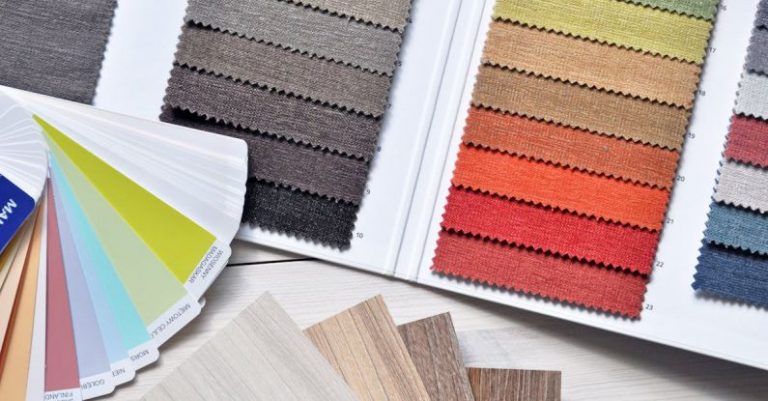Why Are Natural Fibers Preferred in Textile Crafts?

In the world of textile crafts, the choice of materials plays a crucial role in determining the quality and characteristics of the final product. Natural fibers have long been favored by artisans and craftsmen for their unique properties that set them apart from synthetic alternatives. From cotton and linen to silk and wool, natural fibers offer a range of benefits that make them highly desirable for textile crafts. Let’s delve into the reasons why natural fibers are preferred in textile crafts.
Versatility and Breathability
Natural fibers such as cotton and linen are known for their versatility and breathability, making them ideal choices for a wide range of textile projects. These fibers allow for air circulation, making garments made from them comfortable to wear in various climates. Whether you’re creating a summer dress or a cozy winter scarf, natural fibers provide the breathability needed for the garment to be comfortable and practical.
Durability and Longevity
Another reason why natural fibers are preferred in textile crafts is their durability and longevity. Fabrics made from natural fibers tend to be more robust and long-lasting compared to their synthetic counterparts. This means that items crafted using natural fibers are not only more sustainable but also have the potential to withstand the test of time. Whether you’re knitting a sweater or weaving a rug, natural fibers ensure that your creations will remain in top condition for years to come.
Texture and Aesthetics
Natural fibers offer a unique texture and aesthetic appeal that is difficult to replicate with synthetic materials. From the softness of silk to the rustic charm of wool, each natural fiber brings its own distinctive feel and look to the finished product. Textile crafts enthusiasts often choose natural fibers for their ability to add depth and character to their creations, whether it’s a handwoven tapestry or a crocheted blanket.
Environmental Sustainability
One of the most significant reasons why natural fibers are preferred in textile crafts is their environmental sustainability. Unlike synthetic fibers, which are derived from petrochemicals and can take hundreds of years to degrade, natural fibers are biodegradable and renewable. By choosing natural fibers, artisans can reduce their environmental impact and contribute to a more sustainable textile industry. Whether you’re passionate about eco-friendly practices or simply appreciate the beauty of natural materials, opting for natural fibers is a step towards a greener future.
Hypoallergenic Properties
For individuals with sensitive skin or allergies, natural fibers offer a hypoallergenic alternative to synthetic materials. Fabrics like organic cotton and bamboo are gentle on the skin and less likely to cause irritation or allergic reactions. By using natural fibers in textile crafts, artisans can create pieces that are not only beautiful and functional but also safe and comfortable for people with sensitive skin.
Ease of Care and Maintenance
Natural fibers are often easier to care for and maintain compared to synthetic fibers. Fabrics like cotton and linen are machine washable and tend to become softer and more comfortable with each wash. Wool, while requiring more delicate care, has natural properties that make it resistant to odors and stains. By choosing natural fibers for their textile crafts, artisans can ensure that their creations are easy to care for and will retain their quality over time.
In conclusion, natural fibers are preferred in textile crafts for a multitude of reasons, ranging from their versatility and breathability to their durability and sustainability. The unique texture, aesthetic appeal, and hypoallergenic properties of natural fibers make them a popular choice among artisans and crafters worldwide. By embracing natural materials in their creations, textile enthusiasts can create beautiful, long-lasting pieces that are both environmentally friendly and a joy to wear or use.





